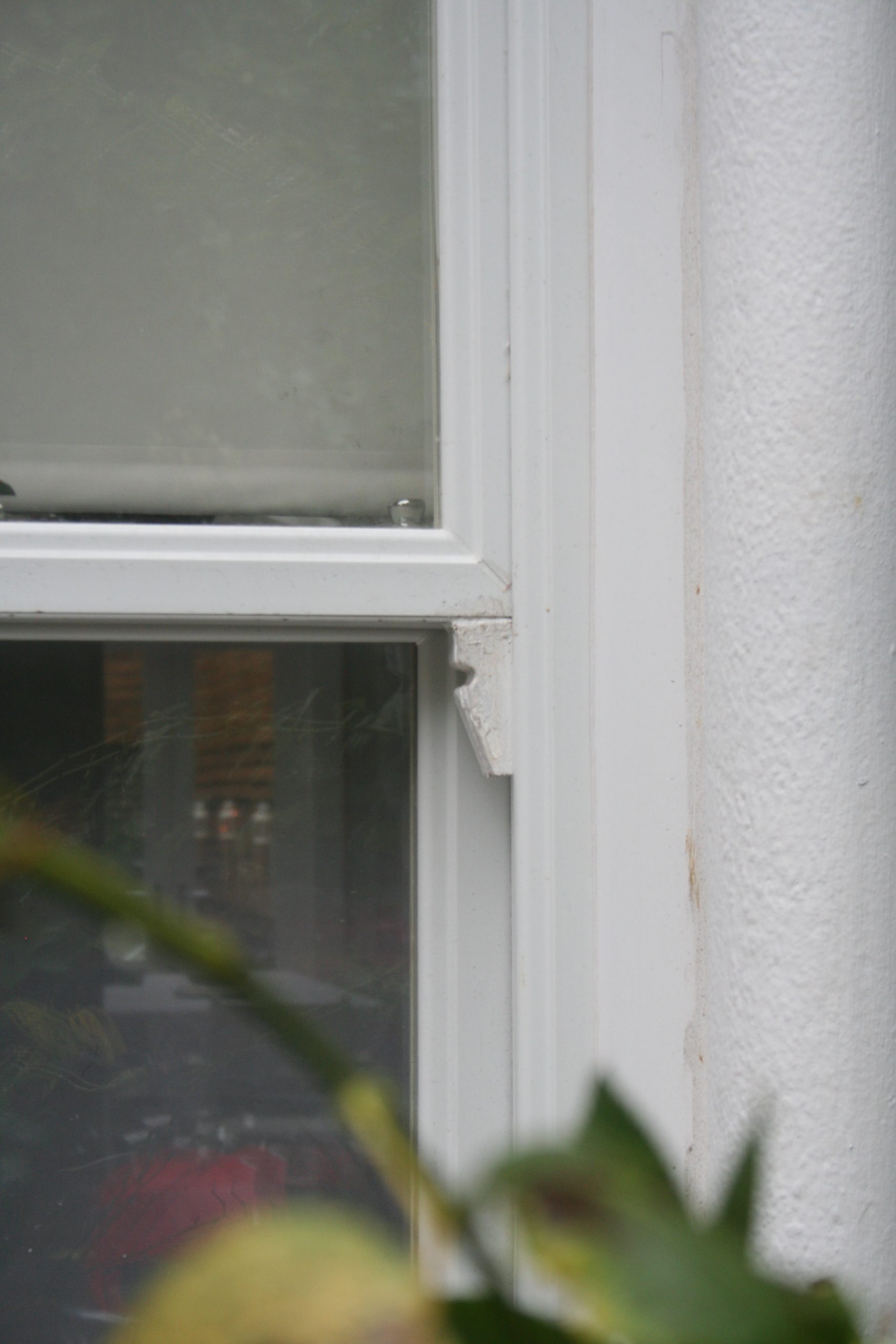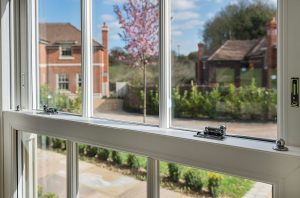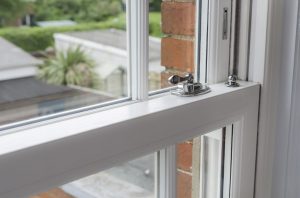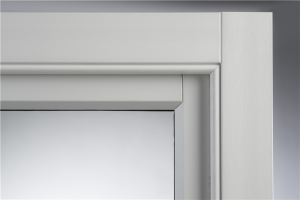Uncategorised
HAVING TROUBLE GETTING APPROVAL FROM YOUR COUNCIL?
With many installers unaware of policy changes from government and home owners too scared to question the decisions of council planning department decisions, the “wishes” of the individual planner have normally been followed, irrespective of higher guidance.
In addition, conservation officers have tended “in the absence of anything else” to adopt the same guidance that English Heritage apply to important listed buildings, because its far easier and considerably less time consuming, than evaluating the merits of every application against local considerations.
As a result homeowners have been known to change windows without permission, then try to camouflage the offering plastic window by adding the horns from the original window!

-crop-v1.JPG)
However there is good news within the NPPF, that helps homeowners, installers and the planners themselves, no longer can they say, “wood is good, anything else is not acceptable”.
Within the key policies of the National Planning Policy Framework the council must now give as much consideration to the lives of the people in the building and the value of thermal improvements etc, as they do the look of the building itself.
NPPF actually goes further. It recognises that some harm may be caused if new windows are installed. In these circumstances it says that permission should be granted, even if it will cause some harm. Councils have to prove that new windows will cause substantial harm to the building for the application to be refused.
So let’s take three applications for new windows to be considered in a building.
Firstly one must ask if this is for a normal house, with single family occupancy, not a commercial building, ie not shops, rented accommodation or multi occupancy, if so home owners can ignore the information about the conservation area, because they are exempt from the rules (Town and Country Planning Act) which govern “commercial” buildings.
Then there’s the impact the windows will have themselves. Let’s take an application using casement windows to replace sash windows, a plastic sash and another “more sensitive” sash product that blends into the building and that they are all A rated.
Clearly the A rating means the new windows are very likely to be more energy efficient than the ones being replaced, so the council have a duty to consider the improvement to the lives of those who live in this building, however they will show that the opening style will be out of character and cause substantial harmful to the
neighbourhood.
If the second application was for plastic sash windows, shiny white with face drainage or bolt on horns, internal Georgian bars and mitred weld joints, then the decision could go either way. Clearly the energy rating has the same consideration, but if the window is of poor quality, is an eye sore or worst still, isn’t fitted behind the brick reveal, then rightly the planners would argue that substantial harm will still be caused to the surrounding area.
It could easily be argued by planners that the example below is doing substantial harm to the buildings appearance.
-crop-v1.JPG)
The planners could hardly suggest this would harm the building let alone cause substantial harm, so there is a stronger case and success is far more likely. But until installers start understanding these regulations and use the right terminology, homeowners will remain disappointed that they are unable to install plastic sash windows in their area.
In summary, you need to consider and demonstrate that the proposed windows, respect the significance of the site, that they offer significant positive benefits to the occupiers, and a sustainable solution “as well” as the respecting the heritage aspect of the building.
Providing the proposal does not in cause substantial harm then the proposal should be permitted.

Download a copy of our conservation guide or contact us to find out how you can be better prepared to win applications for plastic sash windows of quality.




